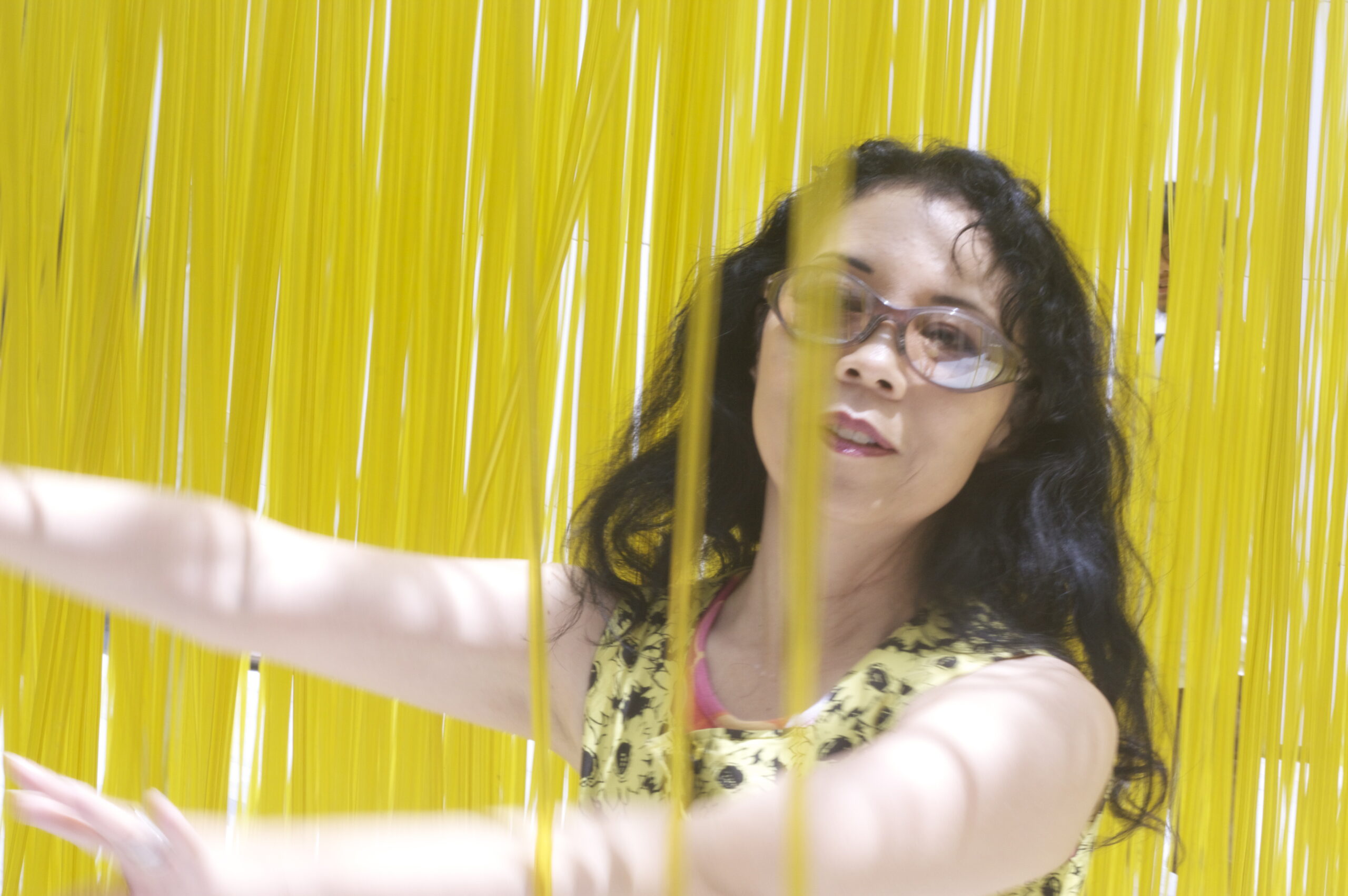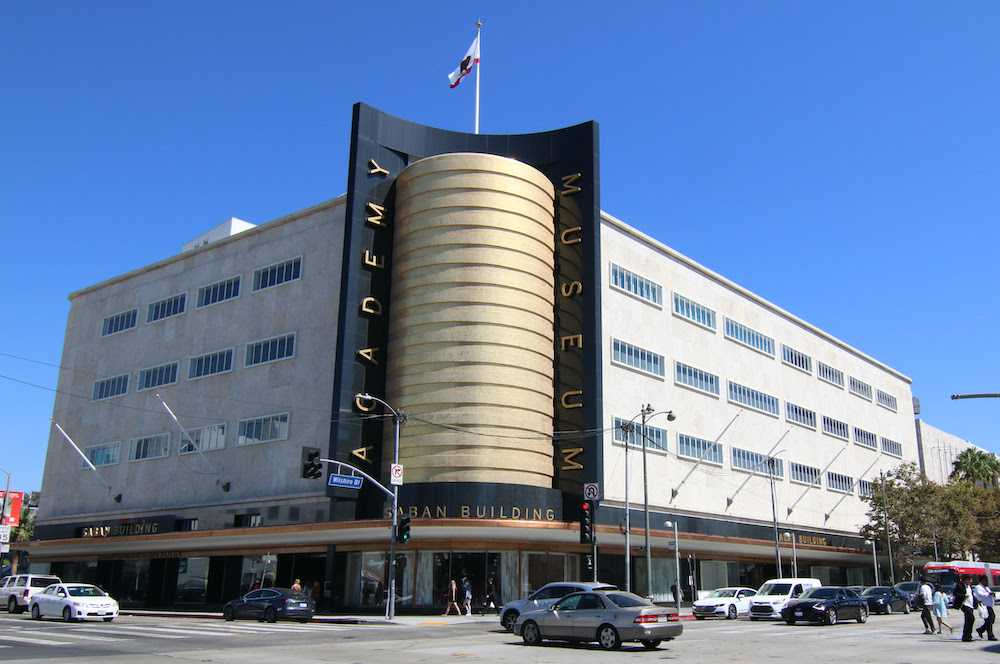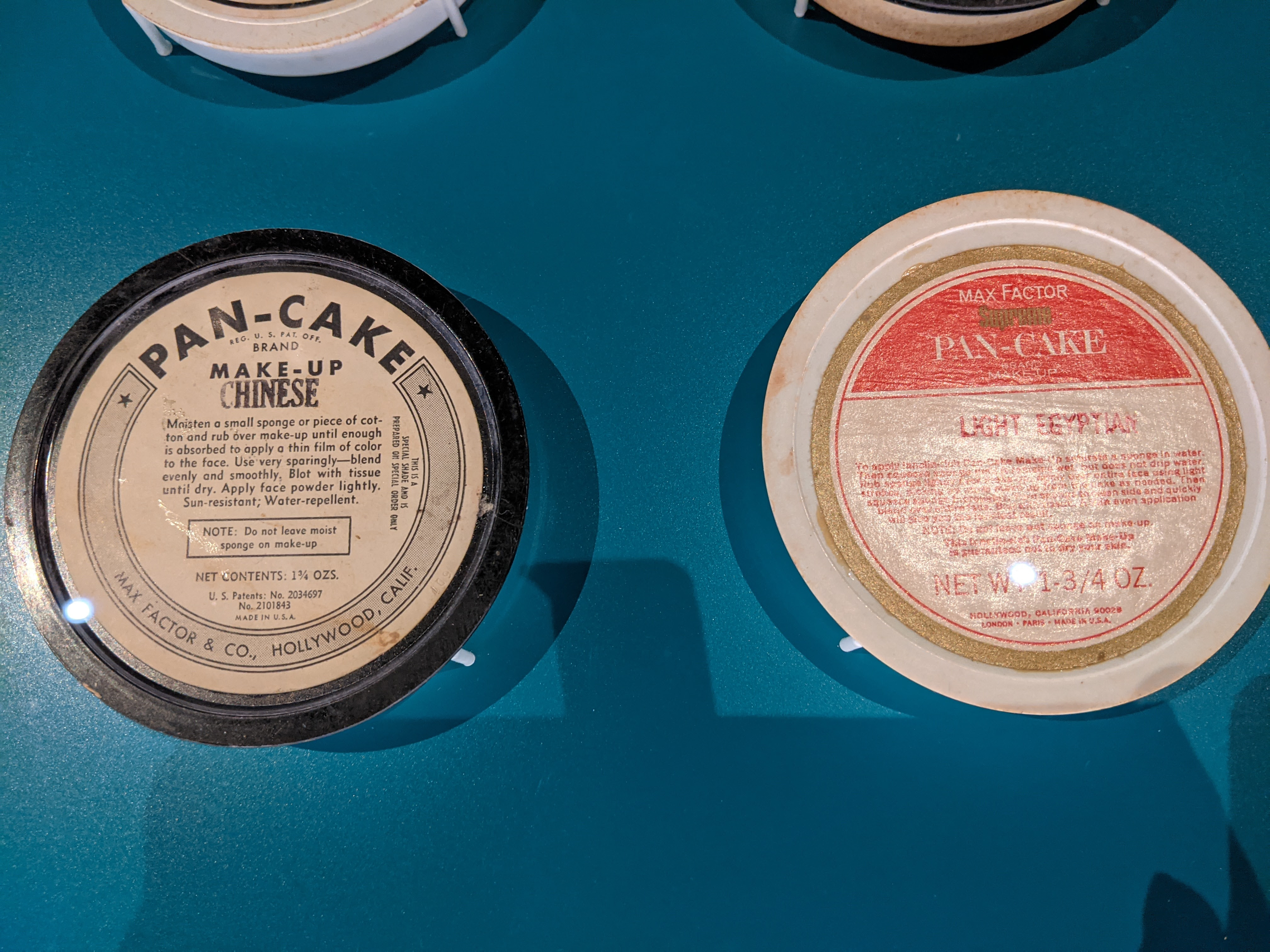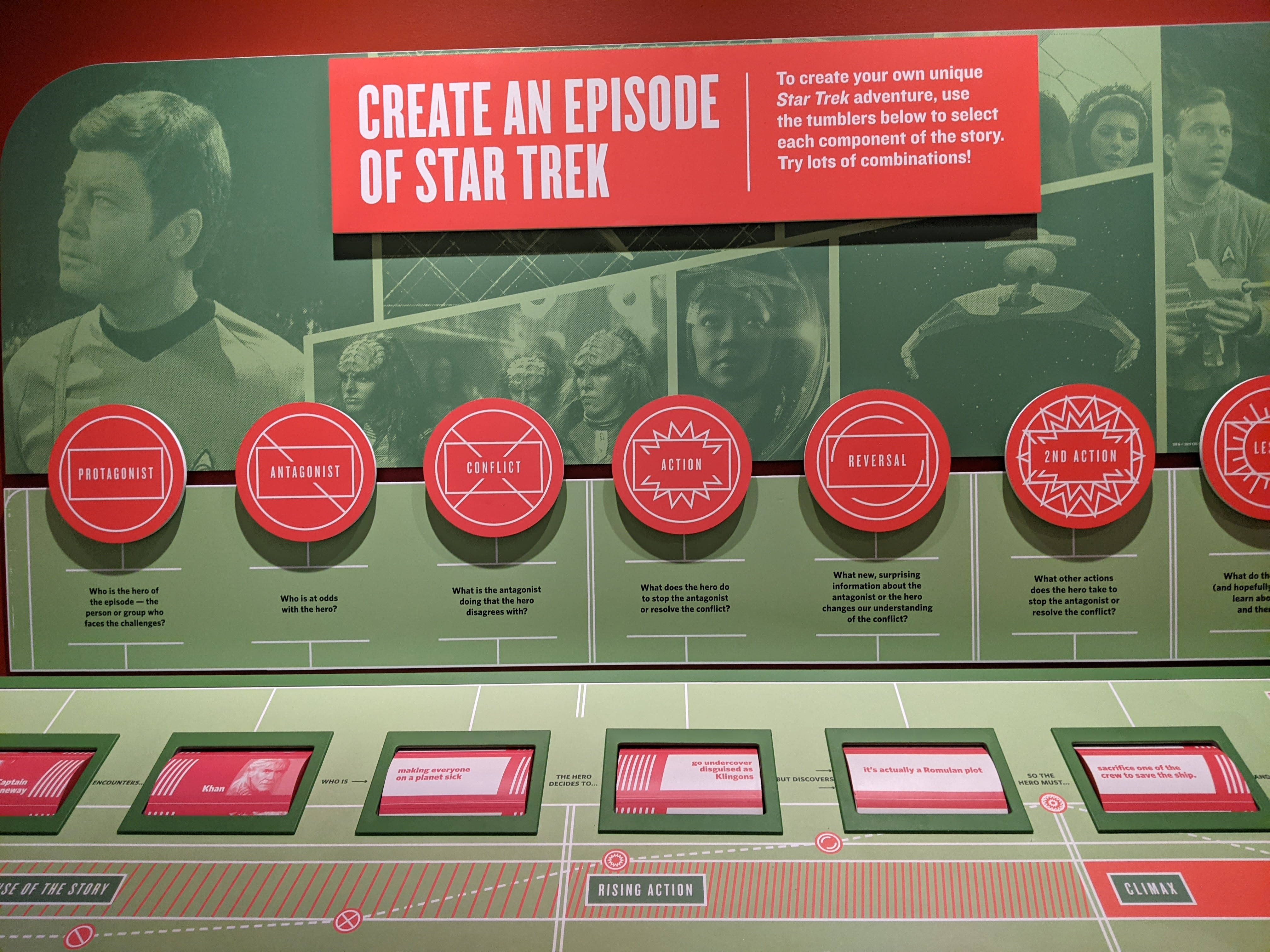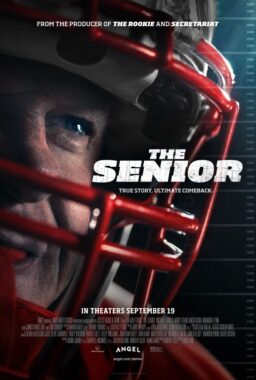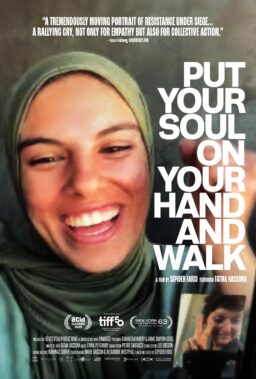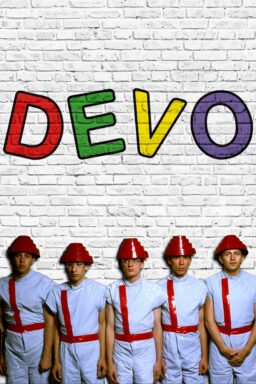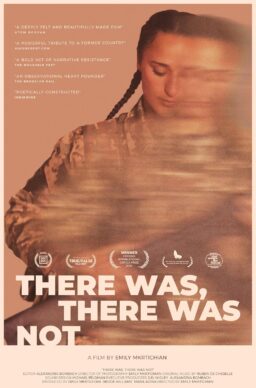Before IMDb and Wikipedia, while most people only thought of the Academy of Motion Picture Arts and Sciences (AMPAS) during Oscar season, the Academy provided a small haven for Los Angeles fact-checkers looking for quotes and clips about celebrities. During a summer unpaid internship, I spent a few hours at the Fairbanks Center for Motion Pictures Study to visit the Margaret Herrick Library (AMPAS librarian from 1936 to 1943 before becoming executive director from 1945 to 1971) and the Academy Headquarters Building in Beverly Hills.
The headquarters used to house two galleries which had changing exhibits related to films, filmmaking and film stars. The Grand Lobby Gallery and the Fourth Floor Gallery were free to the public, but these have closed now in preparation for the opening of the Academy Museum of Motion Pictures. Originally set to open in 2020, the museum finally opened its doors to the public on Thursday, September 30, 2021. Director and president of the Academy Museum of Motion Pictures Bill Kramer noted, “The pandemic required us to move our opening twice because museums were not open in Los Angeles. That only allowed for more time to build these beautiful exhibitions in a COVID-safe way.”
Kramer also said, “From the conception in 2011 to opening is ten years. To start with nothing, just an idea, and to arrive at a privately-funded fully realized project, is not a long time. We needed this much time to create something that is an invention. There is no film museum in the US; there’s no museum in the US solely devoted to moving making. There was a lot of experimentation and iterating, and conversations, and I think it’s brought us to this incredible place.”
The Academy Museum joins other more established cultural outposts on the Museum Row section of Wilshire Boulevard’s Miracle Mile (the Los Angeles County Museum of Art, the La Brea Tar Pits & Museum, the Craft and Folk Art Museum and the Petersen Automotive Museum), and helps preserve part of Los Angeles’ architectural history while adding to it. The Los Angeles County Museum of Art (LACMA) was originally part of the Los Angeles Museum of History, Science and Art in Exposition Park that was established in 1910. Viewers of the TV series, “Bones,” will be familiar with Exposition Park which served as the exterior for the Washington, DC-based fictional Jeffersonian. In 1961, LACMA became a separate institution, opening at the Wilshire location in 1965. LACMA itself is undergoing change and currently under construction, some of which has produced fossil finds.
LACMA had previously hosted movie-related exhibitions such as the 2012-2013 Stanley Kubrick, the 2011 Tim Burton and the 2016 Guillermo del Toro exhibitions. For a while the building that now houses the Academy Museum was called LACMA West after being acquired by LACMA in 1994. In 2017, the building was renamed in honor of philanthropist Cheryl Saban and entertainment executive Haim Saban’s $50 million donation to LACMA.
Originally, the building was a department store, May Company, built in 1939 by the same architect responsible for another local iconic building: Los Angeles City Hall. The Los Angeles Conservancy considers the Saban Building “the grandest example of Streamline Moderne remaining in Los Angeles.” Streamline Moderne is an international Art Deco style that emphasizes curving forms and long horizontal lines, not unlike a luxury ocean liner, and in France, the style is called Style paquebot, or “ocean liner style.” The distinctive cylindrical façade is comprised of more than 350,000 glass and gold leaf mosaic tiles from Venice, Italy. That’s where the replacements for the restoration were also sourced.
The Pritzker Architecture Prize-winning Italian architect, Renzo Piano, 84, was behind the conversion of the Saban and the additional construction of a “soap bubble” ready to float away, the spherical 1,000-seat David Geffen Theater. Even the visitors become part of a cinematic landscape, walking into the light from exhibitions near windows that are divided like film frames as seen from the Walt Disney Company Piazza courtyard below.
The current exhibitions at the Academy Museum are different from previous LACMA exhibits of directors in several ways. Only the Hayao Miyazaki exhibition focuses on one director and no photos are allowed, giving the experience an intimate appeal. The rooms are brightly colored and there are some magical details that will delight anime fans and it is the one exhibition best suited for children of all ages. Yet it is still a quieter, less boisterous place than the Tokyo Ghibli Museum (Mitaka City, Tokyo, Japan) where there is a garden and some kids only spaces.
The current exhibits at the Academy Museum include:
- “Stories of Cinema” at the Spielberg Family Gallery, the Wanda Gallery and the Rolex Gallery. This three-floor exhibition looks at the diverse stories of filmmakers and the works they have created.
- “Backdrop: An Invisible Art” at the Hurd Gallery
- “The Oscar Experience” at the East West Bank Gallery
- “The Path to Cinema: Highlights from the Richard Balzer Collection
- “The Pixar Toy Story 3D Zoetrope”
- Hayao Miyazaki Retrospective in the Marilyn and Jeffrey Katzenberg Gallery
The topics touched upon are “Citizen Kane,” climate change, Black Lives Matter, #MeToo, labor relations and the making of “The Wizard of Oz.” Spike Lee has a red room, while Bruce Lee flexes his muscles in a darker area where you can see clips, costumes and scripts. All of the exhibits dance between light and shadow. There is comfortable seating to watch clips of films, sometimes collaged impressionistically. There are also short interviews about specific work (sound editing) for specific films or lighting and set design.
While the public opening day Civic Dedication speakers noted that the original founders of the AMPAS, including the first president Douglas Fairbanks, Sr., tossed around the idea of a motion pictures museum in 1927, more recently Debbie Reynolds (April 1, 1932 – December 28, 2016) had a large collection of movie memorabilia and attempted to open a museum, first at her Las Vegas hotel, then later at a location not far from the Kodak Theater in Hollywood and then in Tennessee. The Tennessee developer went bankrupt and a series of auctions broke up Reynolds’ collection which included Charlie Chaplin’s bowler hat and, in 2011, Marilyn Monroe’s white dress from the 1955 “The Seven Year Itch.” The last auction was in 2014. At the time, her son, Todd Fisher told the Los Angeles Daily News that his mother was “heartbroken” over the dispersal of a collection that included the dress and the ruby red slippers that Judy Garland wore in “The Wizard of Oz.” The slippers are prominently displayed in the gallery on the film and instantly reminded me of Reynolds.
Kramer said, “We’re very close with Todd Fisher, her son. We’ve named our conservation studio in honor of Debbie Reynolds, to honor her incredible preservation work. She collected film memorabilia, props, costumes, when no one was collecting. So she is a pioneer in many ways. She started something that’s very popular today. People want to preserve film history, so we’re working very closely with Todd, who is loaning us items from his family’s collection, including the lenses that you see in the ‘Citizen Kane’ gallery. We are forever grateful to Debbie Reynolds for showing people the importance of preserving our history. I feel that this project is part of her legacy.”
The exhibits also confront diversity and racial representation head on. From the Bruce Lee exhibit to the display of pancake makeup with labels like Tahitian, Chinese and Light Egyptian as well as the makeup schematics for Oscar-winning actress Katharine Hepburn when she played a Chinese woman in the 1944 “Dragon Seed.”
The exhibits, all of which are temporary, mean to display and discuss the many (17) different branches of the Academy—the arts and the sciences. Of course, the Oscars are also addressed. You can see some historic Oscars as well as hear clips from Oscar speeches.
There’s too much to cover in one day. Even on a second visit, I didn’t feel as if I had absorbed all the information there, especially as someone interested in costuming and writing as well as lighting. And there are plenty of photo/selfie opportunities. You can pay $15 to have your own Oscar moment.
There is currently another museum hosting a cozier pop culture exhibit north of the Academy Museum. The Skirball Cultural Center (14 miles north of Museum Row) opens the Seattle Museum of Pop Culture’s exhibit: “Star Trek: Exploring New Worlds” this week (October 7, 2021 to February 20, 2022). The exhibition originally opened in Seattle (May 2016 to May 2018) and the Skirball will be the last stop for the exhibition which consists of over 100 relics, set pieces, costumes, props, scripts and videos. Most of the costumes and props are being rented out by private collectors. After the Los Angeles exhibition ends, these will be returned.
The Star Trek exhibit is more family-friendly than the Academy Museum and do-able in a few hours with interactive exhibits on script writing and a chance to en-act three different scenarios after being “beamed” up and out of an adventure.
The Academy Museum is free to people aged 17 and younger from an endowment in honor of Sid Ganis (producer of “Akeelah and the Bee,” and “Deuce Bigalow: Male Gigolo” and former president of AMPAS). The Oscar Experience is only available with a general admission ticket ($25-$15) and requires a special ticket (an additional $15) as do the programs and screenings. In 2022, “Regeneration: Black Cinema 1898-1971” will open at a yet unannounced date.
“Star Trek: Exploring New Worlds” opens at the Skirball Cultural Center (2701 N. Sepulveda Blvd.) in Los Angeles on October 7, 2021 and continues until February 20, 2022.
